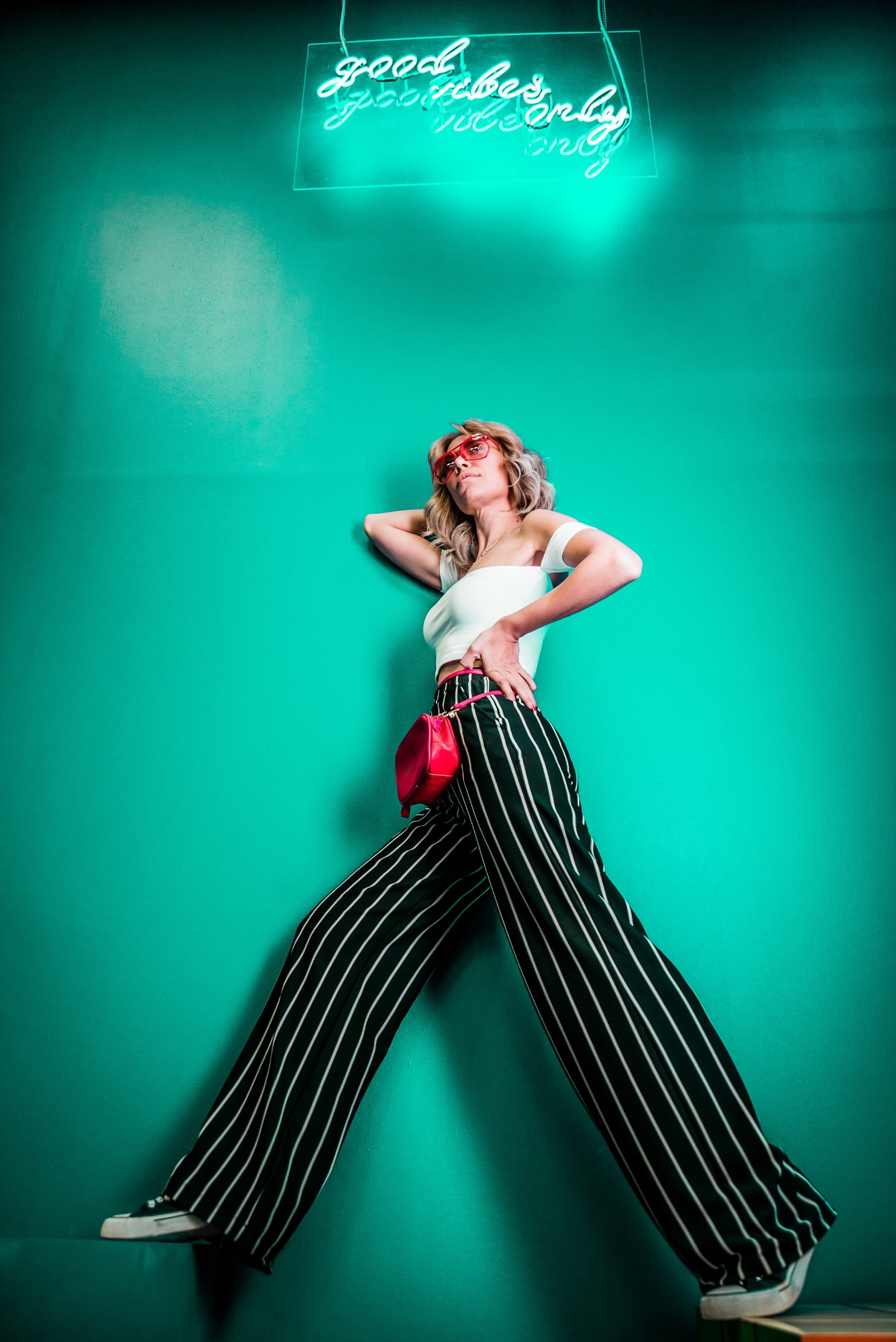Step into the future of fashion with Artificial Intelligence (AI) leading the way! Gone are the days of relying solely on intuition and guesswork to predict trends. AI is revolutionizing how we forecast fashion, setting a new standard for accuracy and innovation in the industry. Let’s dive into how AI is reshaping fashion forecasting and trendsetting, paving the path for exciting possibilities in style evolution.
How AI is Revolutionizing Fashion Forecasting and Trendsetting
AI is making waves in the fashion industry by revolutionizing how trends are forecasted and set. Gone are the days of relying solely on human intuition and trend analysis; AI brings a whole new level of accuracy and efficiency to the table.
Through advanced algorithms, AI can analyze vast amounts of data from social media, runway shows, and consumer behavior to predict upcoming trends with precision. This allows brands to stay ahead of the curve and deliver what consumers want before they even know they want it.
By incorporating machine learning models, AI can sift through massive datasets in record time, identifying patterns and insights that would take humans weeks or months to uncover. This speed and depth of analysis give fashion brands a competitive edge in a fast-paced industry where timing is everything.
With AI’s ability to process real-time data streams, fashion forecasting becomes dynamic rather than static. Trends can be detected as they emerge, enabling brands to quickly adapt their strategies and offerings to meet evolving consumer preferences.
AI is not just changing how we predict trends; it’s reshaping the entire landscape of fashion forecasting and trendsetting. The future looks exciting as technology continues to push boundaries in an ever-evolving industry.
Benefits of Using AI for Fashion Forecasting
AI brings a whole new level of efficiency to fashion forecasting. By analyzing vast amounts of data at rapid speeds, AI can identify emerging trends before they even hit the mainstream. This allows brands to stay ahead of the curve and adapt their collections accordingly.
One major benefit of using AI in fashion forecasting is its ability to personalize recommendations for consumers. By understanding individual preferences and shopping habits, AI can suggest products tailored to each person’s unique style, leading to higher customer satisfaction and increased sales.
AI helps reduce waste in the fashion industry by predicting demand more accurately. By optimizing inventory management based on real-time data analysis, brands can minimize overproduction and excess inventory that often ends up unsold or discarded.
Leveraging AI for fashion forecasting not only saves time and resources but also enables brands to connect with their customers on a deeper level through personalized experiences.
Examples of Successful AI-Driven Fashion Trends
AI-driven fashion trends have been making waves in the industry, bringing fresh and innovative styles to the forefront. One notable example is personalized recommendations offered by online retailers based on AI algorithms that analyze customer preferences and behavior. This has revolutionized how consumers discover new fashion pieces tailored to their individual tastes.
Another successful trend is the use of AI-powered design tools by fashion designers, allowing them to create unique and cutting-edge collections efficiently. By utilizing these tools, designers can experiment with different patterns, colors, and silhouettes in a fraction of the time it would traditionally take.
AI technology has also played a significant role in sustainability efforts within the fashion industry. From optimizing supply chains to reducing waste through predictive analytics, AI has helped brands make more environmentally conscious decisions without compromising on style or quality.
AI-driven fashion trends continue to push boundaries and set new standards for creativity and sustainability in the ever-evolving world of fashion.
Conclusion
AI’s Role in Fashion Forecasting and Trendsetting has undoubtedly changed the landscape of the fashion industry. By leveraging AI technology, fashion brands can now accurately predict trends, optimize their designs, and cater to consumer preferences more effectively than ever before. The benefits of using AI for fashion forecasting are clear – from reducing time and costs to increasing efficiency and accuracy.
As we move forward into a more digitally-driven future, it is evident that AI will continue to play a pivotal role in shaping the way we perceive and consume fashion. With its ability to analyze vast amounts of data quickly and efficiently, AI has proven itself as an invaluable tool for designers, retailers, and consumers alike.
Embracing AI in fashion forecasting is not just a trend but a necessity for staying competitive in today’s fast-paced industry. By harnessing the power of artificial intelligence, fashion companies can stay ahead of the curve, anticipate market demands with precision, and ultimately create products that resonate with their target audience on a deeper level. It is safe to say that the fusion of technology and creativity will only further propel the evolution of fashion as we know it.


